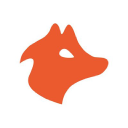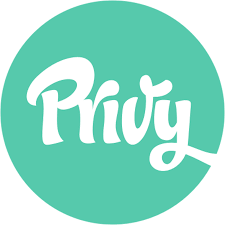How We Created The Perfect Cooking Kits And Made $860K In Sales In One Year
Hello! Who are you and what business did you start?
I'm the Co-Founder and Creative Director of Cooking Gift Set Co., where we design and curate cooking kits that feed your culinary curiosity. From mastering Chinese soup dumplings to smoking meat on the grill, our kits teach classic techniques from all over the world.
Along with extensive recipe testing, we focus on beautiful packaging design with custom inserts that offer a gratifying unboxing experience. Each kit includes specialty tools, hard-to-find ingredients, and illustrated instructions that make it easy to level up your inner chef.
In 2020 we did $866,000 in sales with 70% on Amazon, 26% Wholesale, and 4% e-commerce.
 Sorry, you need to login and/or become a member to view the rest of this content.
Sorry, you need to login and/or become a member to view the rest of this content.

Download the report and join our email newsletter packed with business ideas and money-making opportunities, backed by real-life case studies.

Download the report and join our email newsletter packed with business ideas and money-making opportunities, backed by real-life case studies.

Download the report and join our email newsletter packed with business ideas and money-making opportunities, backed by real-life case studies.

Download the report and join our email newsletter packed with business ideas and money-making opportunities, backed by real-life case studies.

Download the report and join our email newsletter packed with business ideas and money-making opportunities, backed by real-life case studies.

Download the report and join our email newsletter packed with business ideas and money-making opportunities, backed by real-life case studies.

Download the report and join our email newsletter packed with business ideas and money-making opportunities, backed by real-life case studies.

Download the report and join our email newsletter packed with business ideas and money-making opportunities, backed by real-life case studies.






















